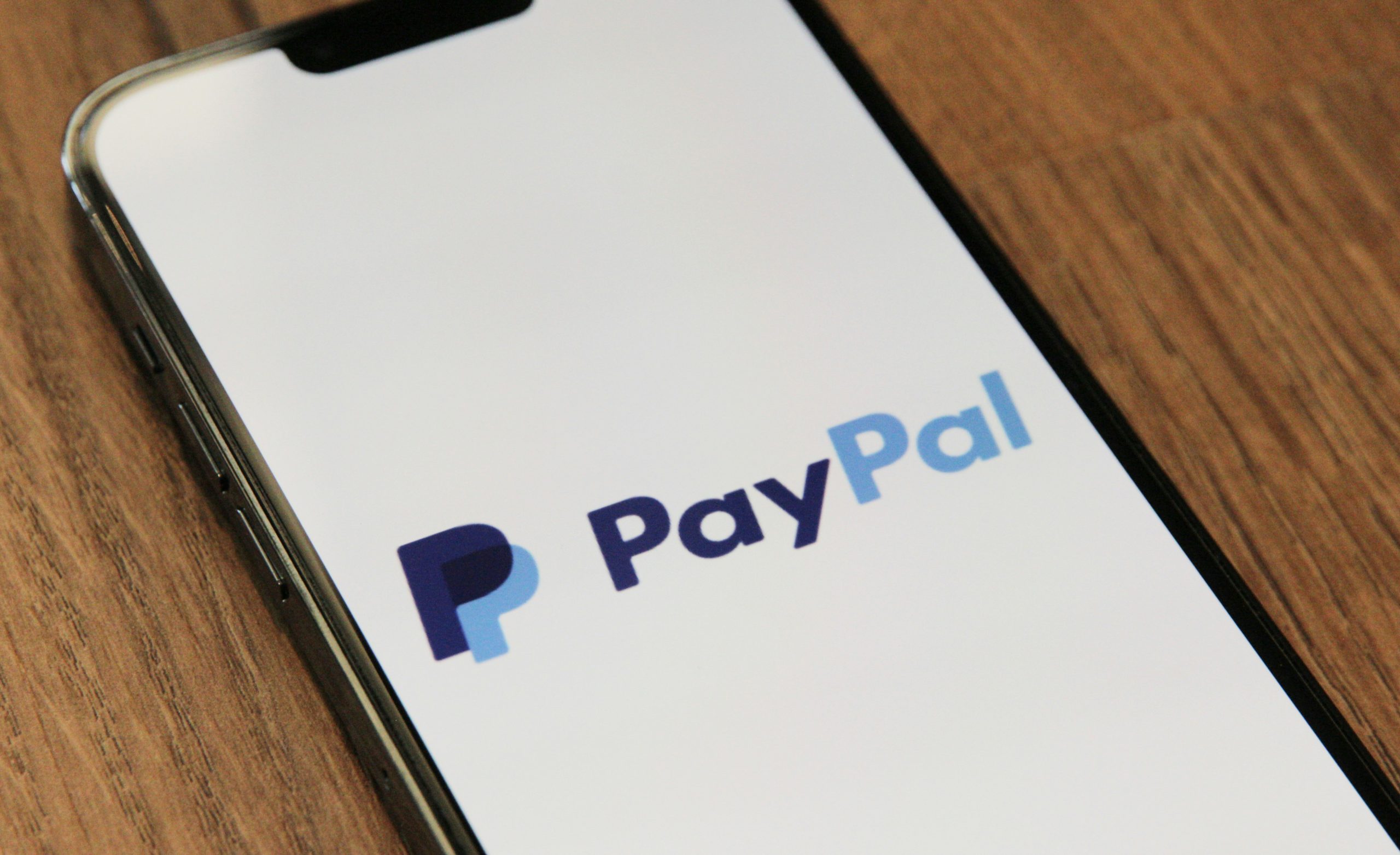Federal Financial assistance program: Exploring US Department of Labor Financial Aid Programs


The U.S. Department of Labor helps with money for job skills, training, and getting ahead in your career.1 They offer grants, loans, and work opportunities to help. This helps meet important job needs and makes the job market fairer.2 We’ll look at how the Department of Labor helps out. We will cover what they offer, who can apply, and how to get help.
Contents
ToggleKey Takeaways
- The U.S. Department of Labor offers a range of federal financial assistance programs to support workforce development and career advancement.
- These programs provide grants, loans, and work-study opportunities to address critical workforce needs and promote economic mobility.
- The initiatives cover a diverse range of focus areas, including job quality, infrastructure development, youth workforce pathways, and farmworker support.
- Eligible applicants include individuals, organizations, and communities seeking to access resources for workforce development and career training.
- The application process varies across the different programs, but the Department of Labor provides guidance and resources to ensure effective grant management.
Introduction to Federal Financial Assistance Programs
The U.S. Department of Labor (DOL) is key in managing3 federal financial aid programs. These help with workforce development, job training, and career growth. They target important workforce needs and aim to boost economic mobility. Plus, they work towards fairness in the job market. The DOL offers grants, loans, and work-study help to let people, groups, and places get ahead.
Overview of the US Department of Labor’s Role
The DOL looks after many types of financial aid. These are for making a skilled and flexible workforce. The aid comes in forms like grants, loans, and work-study spots. It meets different needs across the U.S.
Importance of Financial Aid for Workforce Development
DOL’s financial support is vital for building up the workforce. It lets programs grow, supports those who need it most, and focuses on improving worker skills.4 This aid tackles key workforce issues, improves economic chances, and encourages a fair job market. It helps everyone from individuals to big groups across the country.
Critical Sector Job Quality Grants – Round 2
The U.S. Department of Labor runs the Critical Sector Job Quality Grants – Round 2. Its goal is to boost job quality in key sectors. This is for the betterment of groups who’ve had less opportunity in the past.2
The main aim is to improve work opportunities in care, climate action, and the hospitality industry. These grants seek to increase job quality for many. They hope to make changes that last, benefiting both workers and their families.2
Purpose and Focus Areas
This program supports new strategies in different fields. It does this through partnerships between companies and workers. The focus is on making jobs better, ensuring fairness, and giving workers a say. This can help companies and employees grow. The grants help in planning and putting these ideas into action.2
Eligibility and Application Process
Many can apply, like city governments or community groups. Now, they can work together to make jobs more supportive. The final chance to apply is on July 15, 2024.2
Funding for these grants comes from the Workforce Innovation and Opportunity Act. It’s part of the Consolidated Appropriations Act, 2023. This shows the government’s commitment to helping improve jobs for many.2
DOL Building Pathways to Infrastructure Jobs Grant Program
The DOL Building Pathways to Infrastructure Jobs Grant Program helps public and private groups work together. They do this to create and grow training plans in key fields. These fields are important for reaching the goals of the Bipartisan Infrastructure Law (BIL).5 Its goal is to improve and expand partnerships that lead to good jobs in infrastructure for all.6
Goals and Objectives
This grant program is about creating and growing training programs in special job sectors. It aims to meet the needs of the BIL’s investments. The focus is on jobs in things like renewable energy, transportation, and building the internet.5
Development Track and Scaling Track
There are two paths to pick from. The Development Track helps start partnerships to train workers. The Scaling Track helps grow already working partnerships. Both are moving towards helping a bigger community soon.5
Core Principles and Worker-Centered Approach
Both paths focus on fairness, starting jobs that pay well, and putting workers first. These plans help people who don’t have a job, who need a better job, and those already working, especially in rural areas.5
Special documents support grant activities for this program. Grantees get help from the government for their projects.5 They also have resources to better understand and follow the rules for reporting their progress.5 More help is available to make sure grantees’ programs run well.
The grant program wants to join efforts to teach and improve job skills in important areas.6 These include areas critical to the BIL, semiconductor development, and innovation.6 Jobs in advanced manufacturing, IT, and scientific services are a big part of this. They help areas like energy, transportation, and the internet improve.6 By training people in sectors like clean energy and better internet, the program boosts the job market. It works to make sure everyone gets a fair chance at good jobs in infrastructure.6
There’s about $80 million ready for the DOL Building Pathways to Infrastructure Jobs Grant Program.6 Over time, nearly $200 million will be there to support different projects.6
Workforce Pathways for Youth
The Workforce Pathways for Youth grants help out-of-school programs for kids 14 to 21. These grants make it easier for youth to get job training. They focus on soft skills, learning about careers, being ready for jobs, and getting certified. Kids can also get into summer jobs or start an apprenticeship.7
Supporting Underserved Youth
Money goes to groups linking up with organizations that help youth. They work together to offer more learning and work chances for kids. This helps young people in every way, including mental health and more job options.7
Winning groups make sure they help with everything to get kids ready for work. They also tackle mental health issues and make sure there’s enough help for everyone.7
Workforce Readiness Programming
The grants give programs resources to teach all kinds of job skills to youth. They learn about jobs, get ready for work, and even have a chance to try jobs out. The goal is to prepare kids for a job and help them reach their career dreams.8
Partnerships with Youth-Serving Organizations
These grants also team up workforce boards with groups helping youth. Together, they aim to make sure young people are well-prepared for work. They look at the whole picture, including mental health, and provide support for a smooth start in the workforce.7
By working with these groups, the grants hope to really help young people. They focus on making sure every child is ready for work and has support they need. This includes mental health care and more job help.8
National Farmworker Jobs Program (NFJP) Housing Services Grants
The NFJP Housing Services Grants offer about $6.5 million to improve migrant and seasonal farmworkers’ housing. This money helps them find safe places to live, including both permanent and temporary homes. Over 70% of this money goes towards permanent housing solutions.9
Improving Housing Solutions for Farmworkers
The Department of Labor plans to give out around eight grants for better housing services. These will go to states often visited by migrant and seasonal farmworkers. Some of these states are Arizona, California, and Florida. To win a grant, projects must show they understand what farmworkers need. They also need to create better ways to get safe and sanitary housing.9
Eligibility and Targeted States
The NFJP is run by groups like Proteus and helps farmworkers in various states, including Iowa and Indiana. It aids with costs for training and career programs. This might cover things like books or give a stipend for going to classes. By finishing the program, farmworkers often see their income rise to a livable wage level.10
To join NFJP, people must be low-income and have recently worked as a farmworker. They must also be at least 18 years old and have signed up for Selective Service. The program is part of the Workforce Innovation and Opportunity Act. Through this Act, Proteus connects farmworkers with job training, work experiences, and more.10
National Farmworker Jobs Program Career Services and Training Grants
The National Farmworker Jobs Program (NFJP) Career Services and Training Grants help organizations. They provide career services, supportive services, and learning opportunities, including apprenticeships.11 This aid is for migrant and seasonal farmworkers and their families. The goal is to help them gain skills. These skills can help them maintain or improve their farm jobs. They can also use these skills to find work in other fields.11
Career Services and Work-Based Learning
Applicants must offer training that is centered on workers and their needs. It should work closely with businesses.10 The services might include figuring out abilities, making a plan, and linking workers with learning on the job. All these are meant to help farmworkers boost their skills. This would help them land jobs that support their families.11
Sector-Based Training for Farmworkers
These grants focus on lifting the skills of farmworkers. This could help them do better in farm jobs or find work in different fields.11 Winners will offer training that is all about the workers and what they need. They’ll also make strong partnerships with companies.10
Senior Community Service Employment Program (SCSEP) Optional Demonstration Grants
The Senior Community Service Employment Program (SCSEP) Optional Demonstration Grants are from the U.S. Department of Labor. They offer about $19 million to national SCSEP projects. These grants aim to improve SCSEP by adding career navigation services, job training, and occupational training for low-income older workers.
Sector-Based Training for Low-Income Older Adult Workers
The main focus is sector-based training to ready older adults for higher-skilled jobs. This aligns with local job market needs. Through these projects, the aim is to help older workers get the skills needed for good jobs.12
Enhancing Career Navigation and Occupational Training
These projects will boost career navigation, occupational, and on-the-job training. They target low-income older workers in the SCSEP. The goal is to help them get better-paying, stable jobs through improved training.12
What are Federal Financial Assistance Opportunities
The U.S. government has federal financial aid like grants, loans, and work-study options. They help people, groups, and towns get resources for education and job training.13
Types of Financial Aid: Grants, Loans, and Work-Study
Grants are free awards, like the Federal Pell Grant. This one gives up to $7,395 a year to students with big financial needs.14
Loans must be paid back. They could be from the government or private sources. Work-study gives students jobs on campus, depending on how much money they make and their school’s rules.
Determining Eligibility and Applying for Aid
For financial aid, fill out the FAFSA every year you’re in school. This is how you check if you can get help and apply for federal aid.
Workforce Opportunity for Rural Communities (WORC) Initiative
The WORC Initiative is a grant program helping communities in rural areas. It focuses on creating jobs and reducing inequality for people in the Appalachian, Delta, and Northern Border regions.15 This program aims to give people good job opportunities. It helps them stay and succeed in their local areas.15
Economic Mobility and Equity in Rural Areas
This initiative has three main goals. First, it wants to make sure people have access to good jobs. Next, it’s about treating everyone fairly. Finally, it aims to have long-lasting benefits.15 Many types of groups can apply for these grants. This includes local governments, community groups, and schools.15
Focus Areas: Good Jobs, Equity, and Sustained Impact
The WORC Initiative supports ideas from local communities. It combines job creation with economic growth and partnerships. This helps to make new jobs that last and build stronger local economies.16
The WORC Initiative has been running with help from Chamberlin/Dunn LLC (C/D) since 2019.16 The Department of Labor and NBRC offer webinars. These online talks cover how to apply, what you can get funding for, and what you need to know.16
In the 2022 WORC grant, Session 2 explained the application steps. It looked at different parts and how they’re scored.16 Session 3 talked about setting clear goals for your project. It discussed how to make sure your plans match what the grant wants.
Session 4 focused on the budget parts of your application. It detailed which costs are allowed and set limits on what you can ask for.16 Session 5 shared tips for designing your project, writing your application, and planning your budget. They reflected on what has worked well in the past.16
Conclusion
The U.S. Department of Labor helps individuals with federal support for jobs, through grants and loans. They also provide work-study options.17 These programs aim to fill work needs and boost fairness in job chances. This supports people and groups everywhere.
The programs covered help in various ways, like with grants for job quality and youth workforce support. They also target rural job opportunities and help farm workers. Knowing about these resources can really support your work goals.1819
The Department of Labor makes applying for aid easier. They focus on helping those often left out. They do this by simplifying steps and using facts to decide where help is most needed.
FAQ
What are the key federal financial assistance programs offered by the U.S. Department of Labor?
The U.S. Department of Labor (DOL) offers many federal financial aid programs. These include grants, loans, and work-study programs. They help with workforce development, job training, and advancing careers across the land.
What is the purpose and focus of the Critical Sector Job Quality Grants – Round 2?
The Round 2 Critical Sector Job Quality Grants aim to boost job quality. They aim to create more good jobs, especially for groups usually left out. These include areas like care work, climate jobs, and the hospitality sector.
What are the key components of the DOL Building Pathways to Infrastructure Jobs Grant Program?
The Building Pathways to Infrastructure Jobs Grant Program supports projects. These projects bring together public and private groups to build and expand job training. It focuses on industries supporting the Bipartisan Infrastructure Law. There are two tracks: Development and Scaling Track. Both focus on a worker-centered approach and promoting diversity and inclusion.
What is the focus of the Workforce Pathways for Youth demonstration grants?
The Workforce Pathways for Youth grants are for out-of-school organizations. They aim to help young people who are usually not served. These are people aged 14 to 21. The grants help in job training, soft skills, exploring careers, getting ready for jobs, and learning while working.
What are the goals of the National Farmworker Jobs Program (NFJP) Housing Services Grants and Career Services and Training Grants?
The NFJP Housing Services Grants help farmworkers find either temporary or permanent homes. On the other hand, the NFJP Career Services and Training Grants fund services that prepare farmworkers for careers. This includes apprenticeships. The goal is to help them and their families.
What is the purpose of the Senior Community Service Employment Program (SCSEP) Optional Demonstration Grants on Sector-Based Training for Low-Income Older Adult Workers?
The SCSEP grants fund training for low-income older adults. They enhance job search skills and give on-the-job training. The aim is to prepare them for better jobs that matches what the local job market needs.
What are the different types of federal financial assistance available, and how can individuals apply for them?
The government provides grants, loans, and work-study help. People need to fill out the FAFSA to see if they qualify. This is done every school year.
What is the Workforce Opportunity for Rural Communities (WORC) Initiative, and how does it support workforce development in underserved rural areas?
The WORC Initiative provides grants to help improve the economy in rural areas. It focuses on the Appalachian, Delta, and Northern Border regions. The aim is to create good jobs in these places. This helps people stay and do well in their communities.
Source Links
- https://youth.gov/funding-search/federal-funding-sources/us-department-labor
- https://www.dol.gov/agencies/eta/grants/apply/find-opportunities
- https://www2.ed.gov/finaid/prof/resources/data/fslpdata97-01/edlite-intro.html
- https://www.investopedia.com/government-assistance-programs-4845368
- https://h1bskillstraining.workforcegps.org/resources/2023/06/23/17/04/Infrastructure-Jobs-Grant-Program
- https://www.dol.gov/sites/dolgov/files/ETA/grants/Building Pathways to Infrastructure Jobs_FOA-ETA-23-31.pdf
- https://www.workforcegps.org/announcements/2024/05/17/01/44/Expanding-Opportunities-for-Underserved-Youth-Apply-Now-for-Workforce-Pathways-for-Youth-Grants
- https://youth.workforcegps.org/announcements/2024/05/15/18/48/Workforce-Pathways-for-Youth-Grant-Announcement
- https://www.ruralhealthinfo.org/funding/6189
- https://www.proteusinc.net/what-we-do/programs/national-farmworker-jobs-program/
- https://farmworker.workforcegps.org/
- https://olderworkers.workforcegps.org/resources/2024/05/22/22/35/Prospective-Applicant-Webcast-for-SCSEP-Demonstration-Funding-Opportunity-Announcement
- https://www.citizensbank.com/learning/types-of-federal-financial-aid.aspx
- https://financialaid.ucla.edu/types-of-aid/grants
- https://www.ruralhealthinfo.org/funding/4680
- https://www.nbrc.gov/content/WORC
- https://files.eric.ed.gov/fulltext/EJ1015227.pdf
- https://ccrc.tc.columbia.edu/media/k2/attachments/impact-financial-aid-ncpr.pdf
- https://www.hklaw.com/en/insights/publications/2024/04/good-news-federal-grant-recipients-relief-is-on-the-way





